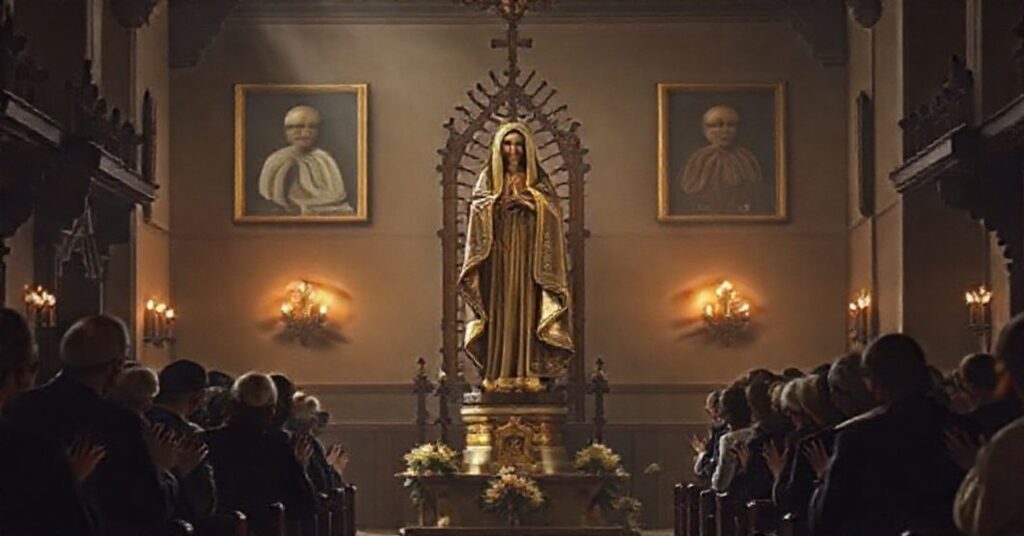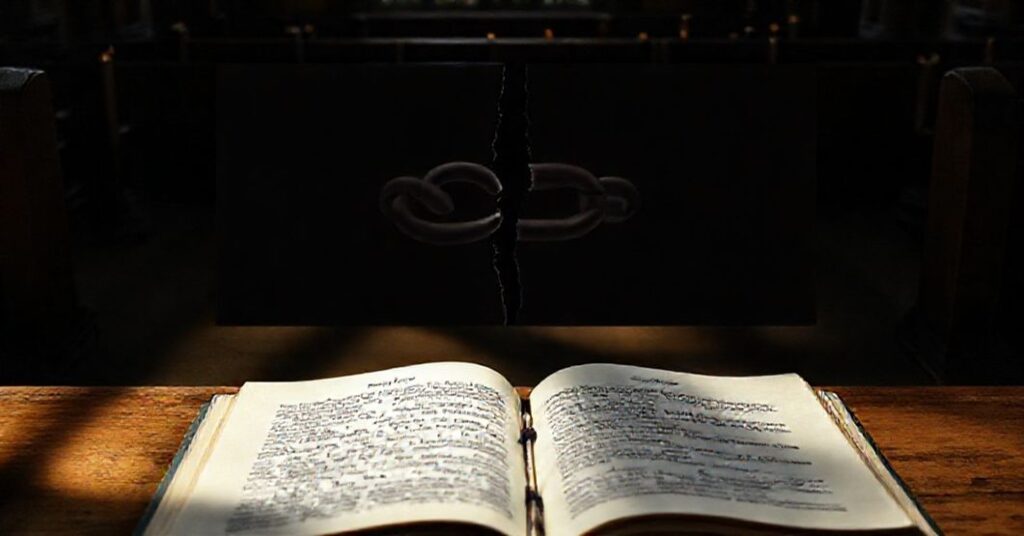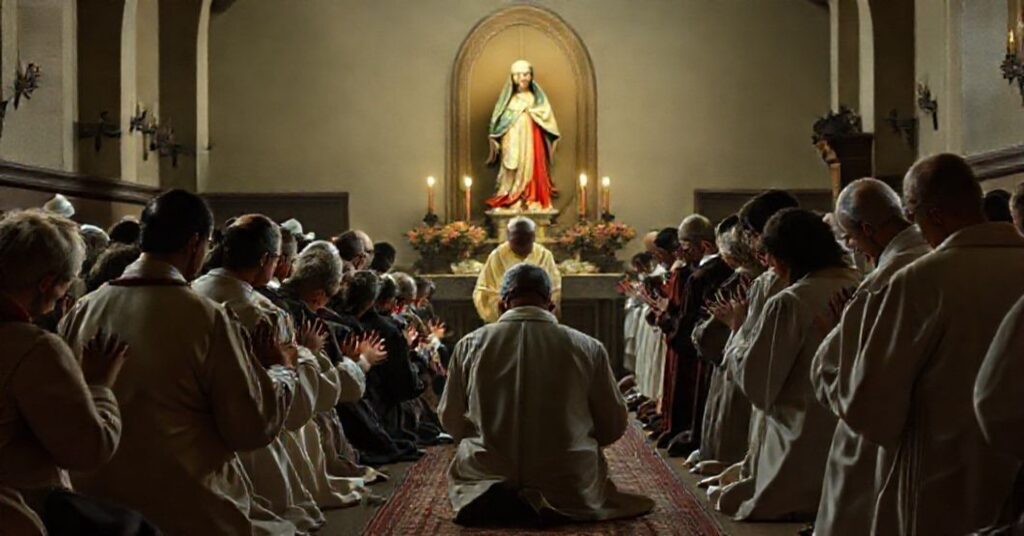Ad Petri cathedram (1959.06.29)
The encyclical Ad Petri cathedram, dated 29 June 1959 and issued by John XXIII, presents itself as a doctrinal and pastoral manifesto on “truth, unity, and peace,” linking the alleged perennial youth of the Church with the announced Roman Synod, the reform of canon law, and especially the future “ecumenical council.” It exalts religious journalism and modern media as instruments for truth, condemns religious indifferentism in words, calls for social harmony, class concord, and respect for authority, proposes an irenic appeal to “separated brethren” anchored in a highly visible threefold unity of doctrine, government, and worship in the Roman Church, and concludes with paternal exhortations to bishops, clergy, religious, laity, the suffering, the poor, migrants, and the “Church of silence.” All this is enveloped in a tone of optimistic humanism and programmatic “openness,” intended to inaugurate a new season in the life of the Church. In reality, this text is the polished theological manifesto of the conciliar revolution, preparing in pious Latin the demolition of the social Kingship of Christ, the dilution of dogma, and the construction of the neo-church as a paramasonic project clothed in Catholic vocabulary.










